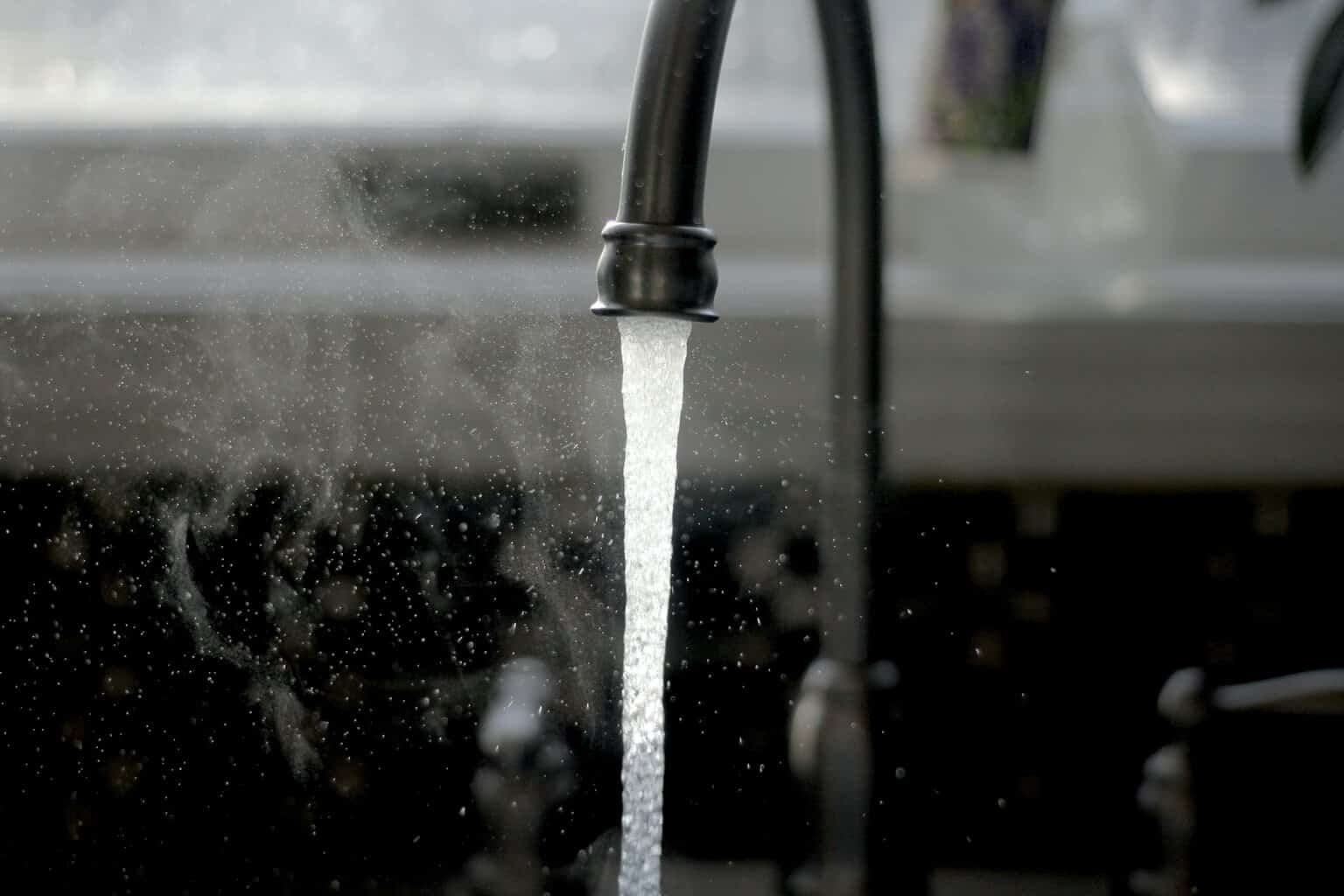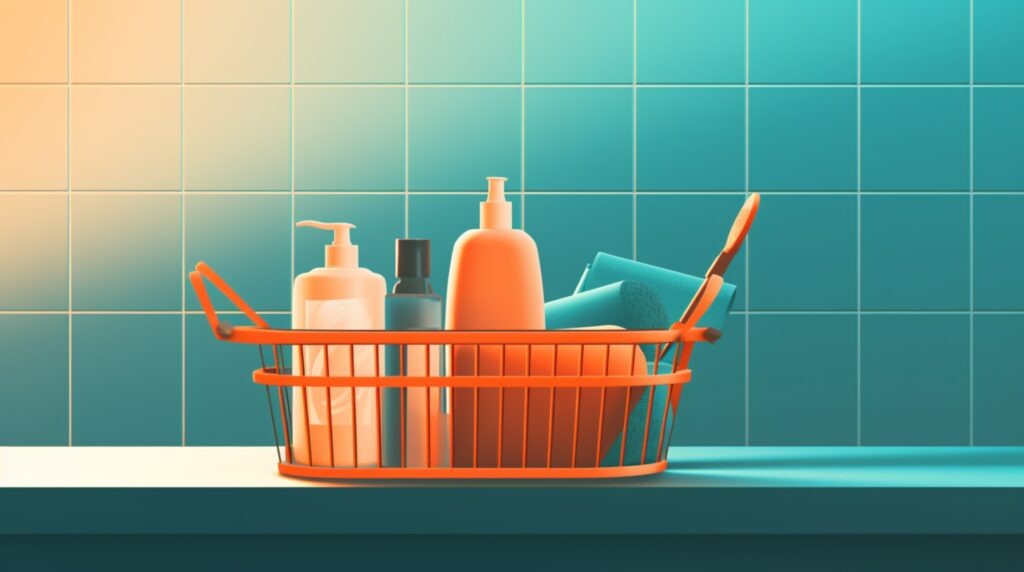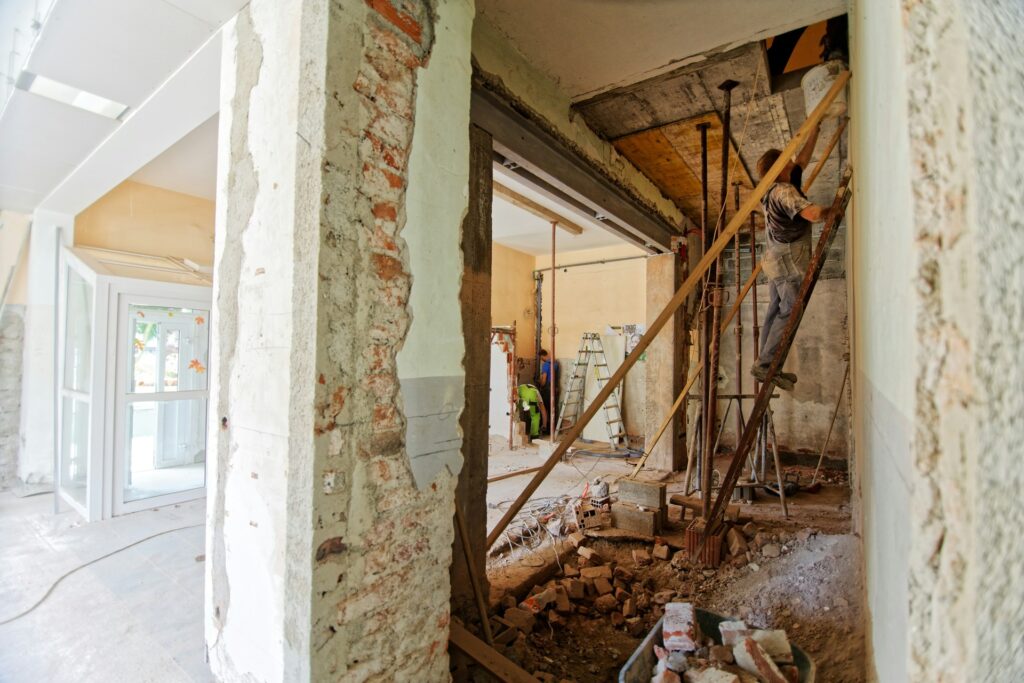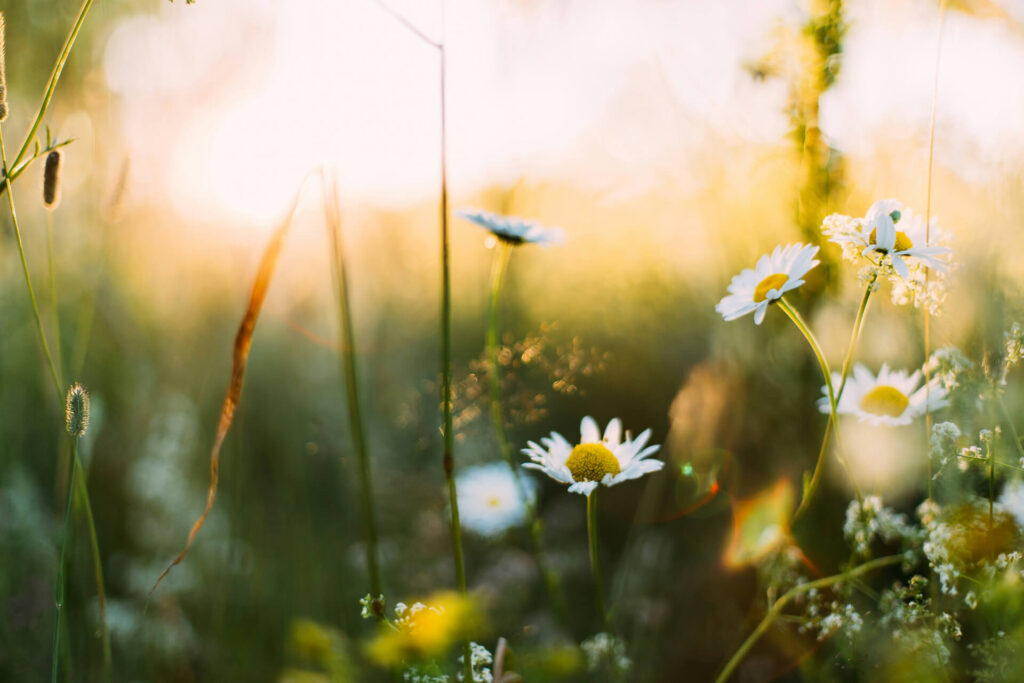
We are reader-supported. When you buy through links on our site, we may earn an affiliate commission.
For many people in the U.S., getting fresh, clean water is as simple as turning on a faucet. Whether it be to wash the laundry, clean the dishes, take a shower or flush the toilet, each person uses about 80 to 100 gallons of water per day — if not more. This adds up to Americans using 3.9 trillion gallons of water every month. Meanwhile, 884 million people lack access to clean water and that number only continues to grow.
From the outside, water scarcity and disparity may seem like a problem that’s out of your control. After all, you’re only one person. How could you possibly make a positive impact when you still need to use water on a daily basis? The answer — at least in part — may be using a greywater system.
What Is Greywater?
Greywater is gently used water from your shower, sink, tub and washer. This water typically contains traces of household cleaning products, oil and dirt. Subsequently, it’s often safe to reuse to water your garden or lawn. You can redistribute and reuse greywater using one of the following systems.
1. Untreated System: The simplest and most affordable system relies on gravity to transport greywater from household appliances to deep-water trees and shrubs. This application method is ideal for untreated water since it may still contain traces of fecal matter and chemicals, making it unsafe for topical lawn and garden applications.
2. Filtered System: A filtered system is the most popular option in American households. With this system, pumps filter and redistribute greywater to ornamental plants and, in some cases, edible ones. Still, this system doesn’t remove fecal matter or treat pathogenic organisms, so it’s still risky to use for aboveground irrigation purposes.
3. Treated System: This system is one of the most expensive, albeit most effective greywater treatment methods. Usually, it relies on a coarse-to-fine filter to remove larger contaminants as well as a chemical disinfectant or aerobic treatment to rid the water of bacteria and microorganisms. The greywater then passes through UV light and collects in a gas-tight container, making it safe for both indoor and outdoor use.
Play It Safe
If you’re looking to reuse greywater inside your home — like to flush toilets and wash laundry — a treated system is your only option. However, if you only plan to reuse greywater to irrigate your yard, you may choose between any of the three. Regardless, it’s important to make sure you’re using household products that are greywater-friendly. Otherwise, harmful chemicals may end up in your yard, drain into nearby waterways or even contaminate your food.
Greywater-friendly detergent pods, sulfate-free shampoos and hand soaps and other products free of chlorine, parabens, ethanolamines, phthalates and phosphates are generally safe to use in greywater systems. Natural and ecologically-minded stores also sell a number of products that are compatible with these systems.
Making a Difference
Ultimately, a greywater system can greatly reduce your impact on the environment by reducing your overall water consumption. In fact, you may be able to reuse up to 60% of your household water by using one of these systems. However, there are also other additional ways to conserve water and ensure everyone has enough to last for many generations to come. For instance, fixing leaks, tightening plumbing joints and installing low-flow fixtures could save hundreds of gallons a water each year.
Additionally, collecting rainwater and using it to maintain your yard or garden may also reduce your water consumption. Connect your downspouts directly to water barrels for easy collection and to alleviate water runoff and soil erosion. This lawn management practice can complement any greywater system and help you cultivate more efficient lawn care routines.
While these small changes may not seem like they would make much of a difference, they can greatly reduce your household water consumption in the long-term. Plus, you’ll conserve energy and save money, too. Sounds like a win-win.










